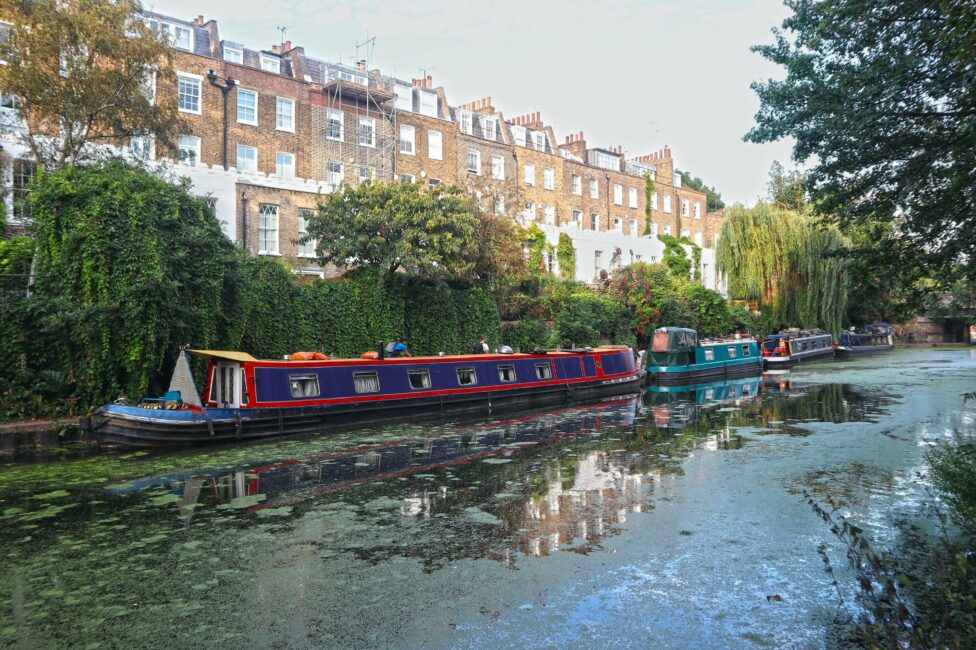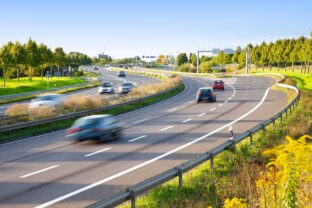Low traffic areas can also help reduce pollution on surrounding streets

These low-traffic neighborhoods (LTNs) have a positive impact on traffic and nitrogen dioxide (NO2) levels in the air on surrounding roads, according to a study by researchers at Imperial College London. These results undermine the arguments of those who claim that this type of decision only shifts the problems, namely traffic and the pollution that goes with it.
This study examined three LTNs set up in 2020 in the London borough of Islington. The researchers examined each pilot area in the months before and after they were established. They found that nitrogen dioxide emissions, mainly from combustion engines, fell by 5.7 percent in the low-traffic areas and by as much as 8.9 percent in the near-boundary areas. At the same time, traffic volumes decreased by 58.2% within these areas and by 13% on the adjacent roads. Further research is obviously needed to confirm these results on a larger scale.
In London, so-called low-traffic neighborhoods started being introduced a few years ago with the aim of reducing car traffic in certain residential areas. The idea is to improve air quality as well as, more generally, the quality of life, i.e., to reduce noise pollution and road accidents. This policy also encourages residents to turn to soft mobility, by promoting the practice of cycling or simply walking. Low traffic neighborhoods are identified with streets being blocked off either by barriers or planters. In other places, camera gates allow residential vehicles to pass, but prohibit access to any other vehicle.
These early observations are nevertheless a good omen for the future low-emission zones expected in other major cities considering or already taking steps to reduce access to certain areas for the most polluting vehicles for a given period, with municipalities enacting various criteria and periods of restrictions (hours or days).














